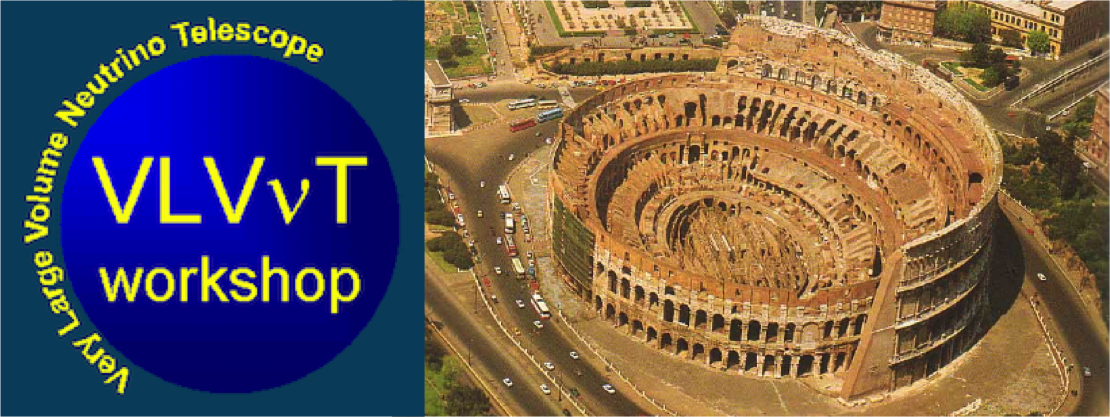Speaker
Valentina Giordano
(INFN)
Description
Photomultipliers are widely used in astroparticle physics detectors to measure Cherenkov light in media like water or ice.
KM3NeT neutrino telescope will be the largest underwater neutrino telescope and will be located in the abyss of the Mediterranean Sea.
The detection principle is based on the measurement of the Cherenkov light induced by relativistic charged particles emerging from an interaction of a neutrino
inthe vicinity of the detector.
In neutrino telescopes the key element of the detector is the optical module and for KM3NeT it consists of 31 PMTs stored inside a transparent pressure-resistant glass sphere of 17-inch that serves as mechanical protection while ensuring good light transmission.
The signal from each PMT is digitized and the whole digital optical module (DOM) has a vision of about 4π. DOMs are in assembly phase in Netherland, Italy and Germany laboratories.
Since the PMTs installed into an underwater neutrino telescope can change their orientation because of movements of the detector structure due to sea currents, the influence of Earth’s magnetic field has been investigated.
The magnetic field can affect the performances of PMTs through to the deflections in the trajectories of the photoelectrons drifting from photocathode to first dynode.
Depending on the orientation of the PMT relative to the Earth’s magnetic field, trajectories of secondary electrons in the dynode chains can also be affected.
Influences of magnetic field on the trajectories of photoelectrons drifting towards first dynode affect timing properties and even the energy of photoelectron shitting the first dynode with influences on gain.
Magnetic shielding by means of mu-metal cage is used to reduce magnetic effects and to make the response of the PMT sufficiently orientation independent.
In order to quantify the effect on magnetic filed, we compared measurements on variation of gain, transit time spread and detection efficiency for 3-inch PMTs in shielded and unshielded condition at several PMT inclinations.
Data shows that variations are sufficiently low especially for timing proprieties so DOM can be assembled without a magnetic shielding.
Author
Valentina Giordano
(INFN)
